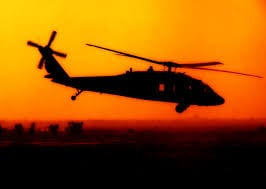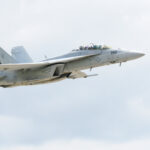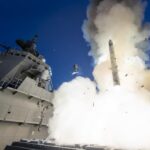
Nine military aircraft have crashed in the past month killing 16 U.S. servicemembers, but the Pentagon said on Thursday it “is not a crisis” because the accidents involved different aircraft from various services, each of which has its own issues.“This is not a crisis, but it is a crisis for each of these families and we owe them a full investigation and to understand what’s going on,” Pentagon spokeswoman Dana White said during a press conference. “But these are across…

 By
By 











